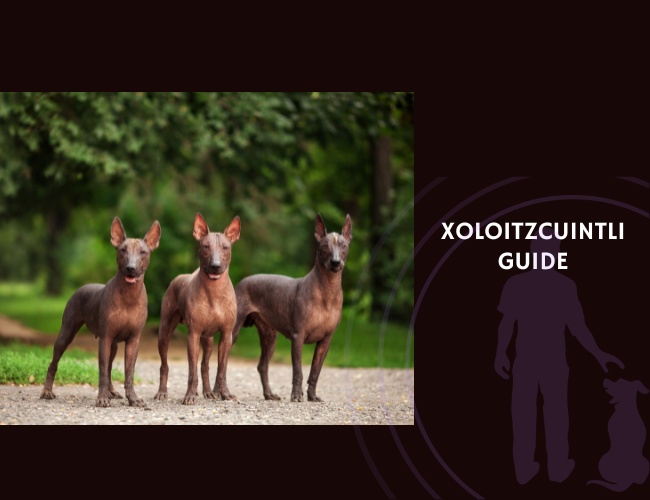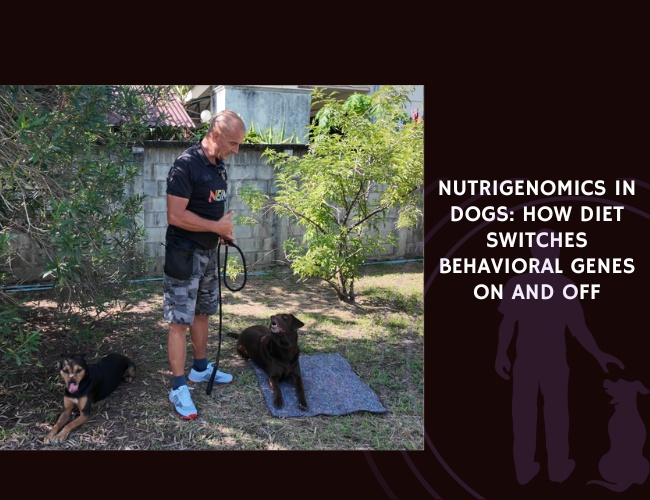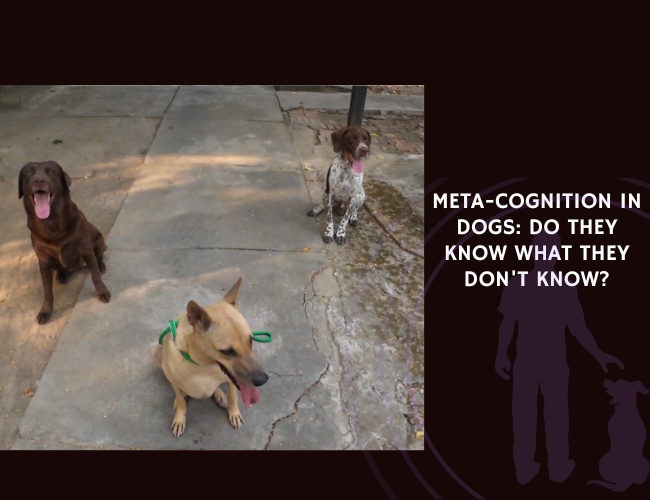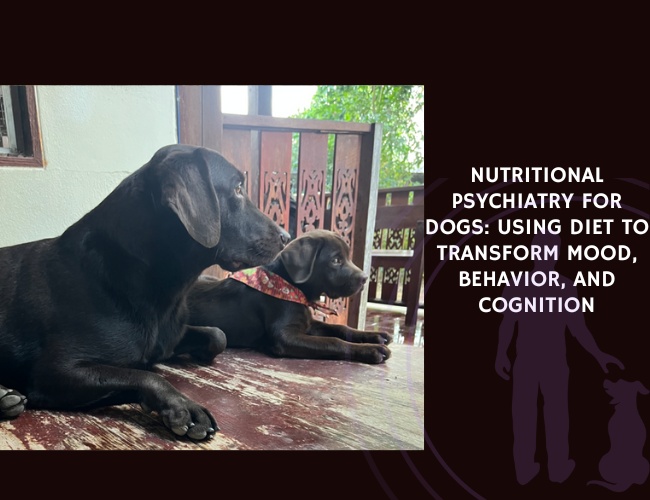When you first encounter a Xoloitzcuintli (pronounced “show-low-eats-QUEENT-lee”), you might wonder if you’re looking at a living piece of history—and you’d be absolutely right. This extraordinary breed, affectionately called the Xolo or Mexican Hairless Dog, has walked alongside humans for over 3,000 years, carrying the wisdom of ancient Mesoamerica in their unique genes. Let us guide you through understanding this remarkable companion who bridges the gap between our modern world and ancient civilizations.
Did you know that the Aztecs believed these dogs could guide souls through the underworld? Today, your Xolo might simply guide you to the coziest spot on the couch, but their mystical presence and devoted nature remain unchanged. Whether you’re considering adding a Xolo to your family or simply fascinated by this ancient breed, we’ll explore every aspect of what makes these dogs so special. 🧡
Character & Behavior: The Soul of an Ancient Companion
Understanding Your Xolo’s Primitive Heart
Your Xoloitzcuintli carries the temperament of their ancestors—a unique blend of devotion, sensitivity, and independence that sets them apart from many modern breeds. You might notice that your Xolo forms an almost mystical bond with their chosen person, following them from room to room like a warm, hairless shadow. This isn’t just affection; it’s a deep-rooted survival instinct that helped their ancestors thrive alongside ancient civilizations.
The Velcro Dog Phenomenon
- Your Xolo will likely choose one family member as their primary person
- They maintain constant proximity, often touching you while resting
- This behavior stems from their pack-oriented mindset
- Unlike some clingy breeds, Xolos balance devotion with dignity
Emotional Intelligence That Surprises Have you noticed how your Xolo seems to sense your moods before you do? Their heightened emotional awareness means they’ll comfort you during tough times and celebrate your joys with tail-wagging enthusiasm. This sensitivity, however, means they also absorb stress from their environment, making a calm household essential for their wellbeing.
Natural Guardian Instincts Without the Aggression
Your Xolo’s watchdog abilities might surprise visitors who expect a quiet, hairless ornament. These dogs possess remarkable territorial awareness, but here’s what makes them special—they assess before they react. You’ll find your Xolo:
Alert but Discerning
- Only barks when genuinely concerned (not a nuisance barker)
- Watches strangers carefully from a distance
- Protects through positioning rather than aggression
- Maintains a defensive rather than offensive stance
This measured approach to guarding makes them perfect for apartment living, where excessive barking could disturb neighbors. Your Xolo will let you know when the mail arrives but won’t announce every passing leaf. 🐾
Social Dynamics: How Your Xolo Interacts with the World
With Other Dogs You might worry about how your hairless companion will fare at the dog park. The good news? Xolos generally get along well with other dogs when properly introduced. However, they do have preferences:
- May show same-sex selectivity (especially intact males)
- Toy varieties need protection from boisterous larger dogs
- Work beautifully in multi-dog households with proper introduction
- Display appropriate play styles based on their size variety
With Strangers Don’t expect your Xolo to greet every visitor with enthusiasm. Their aloofness with strangers isn’t rudeness—it’s an ancient survival trait. This reserved nature means:
- Warm-up periods are necessary for new people
- They’ll never be the “pet me!” dog at the park
- Once trust is earned, affection follows
- Children in the family receive full devotion
Daily Rhythms: When Your Xolo Shines
Understanding your Xolo’s natural activity patterns helps you plan the perfect day together. These dogs follow distinct patterns:
Morning Energy Burst (6-8 AM) Your Xolo awakens ready for moderate activity. This is the perfect time for a morning walk or training session, when their minds are sharpest and the temperature is comfortable for their exposed skin.
Midday Sun Worship (10 AM-2 PM) You’ll often find your Xolo seeking sunny spots during these hours. This heat-seeking behavior helps regulate their body temperature, which runs 1-2 degrees warmer than coated dogs.
Evening Activity Window (5-7 PM) As temperatures cool, your Xolo experiences another energy surge. This crepuscular activity pattern mirrors their ancestors’ hunting times.
Nighttime Cuddle Mode (8 PM onward) By evening, your Xolo transforms into the ultimate lap warmer, seeking close contact for warmth and bonding. This is when their affectionate nature truly shines.
Training & Education: Unlocking Your Xolo’s Brilliant Mind
The Independent Thinker’s Approach to Learning
Training a Xoloitzcuintli requires understanding their unique learning style. You’re not dealing with a eager-to-please Golden Retriever here—your Xolo thinks before they act, weighing whether your request makes sense to them. This isn’t stubbornness; it’s intelligence combined with independence.
What Makes Xolo Training Unique:
- They learn incredibly quickly but choose when to demonstrate knowledge
- Trust must be established before reliable obedience emerges
- Harsh corrections shut them down completely
- Positive reinforcement unlocks their willingness
Optimal Training Session Structure:
- Keep sessions short (10-15 minutes maximum)
- Use high-value rewards they can’t resist
- End on a positive note, always
- Practice in different locations once basics are mastered
Building Trust: The Foundation of All Xolo Training
Your relationship with your Xolo directly impacts training success. Think of it this way—would you take directions from someone you don’t trust? Neither will your Xolo. Building this trust requires:
Consistency in Your Approach
- Same commands, same expectations, every time
- Predictable routines help them feel secure
- Clear communication prevents confusion
- Patient repetition builds confidence
Respecting Their Intelligence Your Xolo will quickly figure out shortcuts and loopholes in your training. Instead of getting frustrated, appreciate their problem-solving abilities and adjust your approach. They’re not being defiant—they’re being clever!
Sensory Learning: How Your Xolo Processes Information
Understanding how your Xolo learns best accelerates training progress. These visually-oriented dogs respond to different sensory inputs in unique ways:
Visual Cues Rule
- Hand signals often work better than verbal commands
- They watch your body language constantly
- Demonstrate behaviors rather than just describing them
- Use consistent gestures for each command
Touch Communication The hairless variety’s sensitive skin makes them particularly responsive to tactile communication. Gentle touches can:
- Guide them into position
- Provide reassurance during new experiences
- Strengthen your bond during training
- Signal transitions between activities
Critical Socialization Windows You Can’t Miss
Your Xolo puppy’s future temperament depends heavily on early experiences. Missing these windows can result in an overly wary or anxious adult dog:
3-14 Weeks: The Golden Window This period shapes your Xolo’s entire worldview. During these crucial weeks:
- Introduce diverse people (different ages, appearances, energy levels)
- Expose to various environments (urban sounds, rural settings)
- Positive experiences with other animals
- Gentle handling of paws, ears, mouth for future grooming
First Fear Period (8-11 weeks) During this sensitive time, traumatic experiences leave lasting impressions. Keep introductions positive and controlled. If your puppy shows fear, don’t coddle or force—simply create distance and try again later.
Second Fear Period (6-14 months) Your adolescent Xolo might suddenly fear familiar things. This is normal! Maintain routine, offer reassurance without reinforcing fear, and know this phase will pass.
Recall Training: Overcoming the Independent Streak
Getting your Xolo to come when called can challenge even experienced owners. Their independent nature means they’ll weigh their options before responding. Here’s how to build reliable recall:
Make It Worthwhile
- Reserve extra-special treats just for recall (think freeze-dried liver)
- Practice when they’re already inclined to come (mealtime)
- Celebrate returns with genuine enthusiasm
- Never call them for something unpleasant
Progressive Distance Training
- Start in a small, enclosed space
- Call from just 3 feet away initially
- Gradually increase distance over weeks
- Add distractions only after close-range success
- Practice in various locations once reliable
Remember: one forced return can undo weeks of positive training. If they don’t come, calmly collect them without emotion, then practice at closer distances.
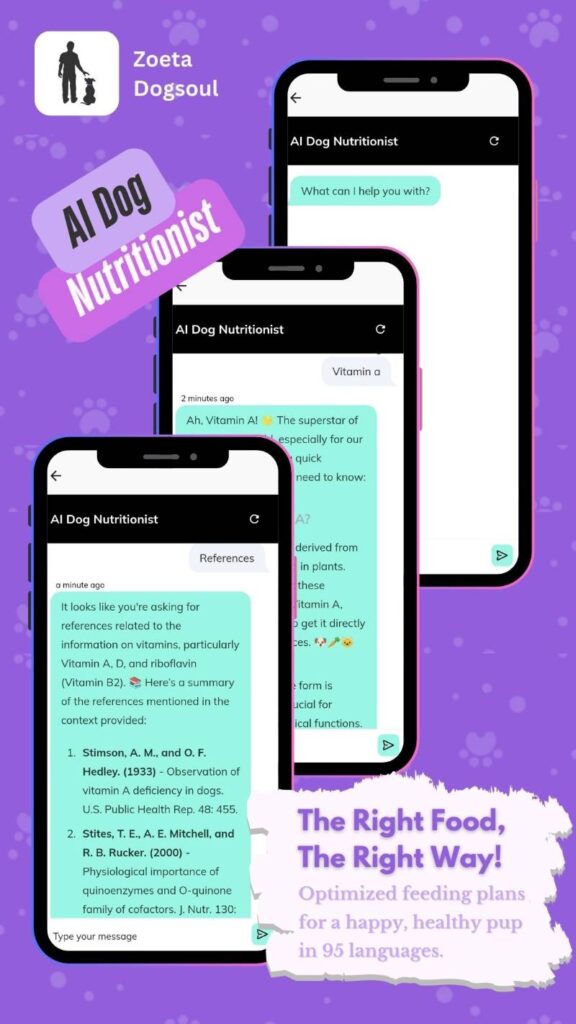
Nutritional Requirements: Feeding Your Living Artwork
Skin Deep: Nutrition for That Unique Xolo Complexion
Your hairless Xolo’s exposed skin requires nutritional support from the inside out. Think of their diet as the foundation for healthy, resilient skin that can handle sun exposure and environmental challenges.
Essential Fatty Acids: Your Skin’s Best Friend The right balance of omega fatty acids keeps your Xolo’s skin supple and healthy:
- Omega-3s (EPA and DHA): Reduce inflammation and support healing
- Omega-6s: Maintain skin barrier function
- Ideal ratio: 5:1 to 10:1 (omega-6 to omega-3)
- Best sources: Fish oil, flaxseed, chia seeds
Antioxidant Protection Your Xolo’s exposed skin faces more oxidative stress than coated breeds. Support their natural defenses with:
- Vitamin E: Protects skin cells from damage
- Vitamin C: Supports collagen production
- Beta-carotene: Converts to vitamin A for skin health
- Zinc: Essential for wound healing and immune function
Caloric Needs: Size Matters More Than You Think
The three size varieties of Xolos have dramatically different energy requirements. Overfeeding your toy Xolo with standard-sized portions can quickly lead to obesity, while underfeeding your standard variety leaves them lacking energy.
Toy Variety (10-15 lbs):
- Basic maintenance: 200-400 calories daily
- Active lifestyle: 300-500 calories daily
- Senior dogs: Reduce by 20-30%
- Growing puppies: Up to 50% more during growth spurts
Miniature Variety (15-30 lbs):
- Basic maintenance: 400-700 calories daily
- Active lifestyle: 500-900 calories daily
- Working or sporting dogs: May need up to 1,000 calories
- Pregnant/nursing: Increase by 25-50%
Standard Variety (30-55 lbs):
- Basic maintenance: 700-1,200 calories daily
- Active lifestyle: 900-1,500 calories daily
- Giant individuals (rare): May need up to 1,800 calories
- Weather considerations: Increase by 10% in cold weather
Digestive Sensitivities: What Your Xolo’s Tummy Tells You
Many Xolos have sensitive digestive systems, possibly linked to their primitive genetics. You might notice your dog develops preferences or intolerances over time:
Common Sensitivities to Watch For:
- Grain intolerance (not all Xolos, but worth monitoring)
- Chicken sensitivity in some individuals
- Rapid food changes causing upset
- Stress-related digestive issues
Supporting Digestive Health:
- Gradual transitions over 7-10 days when changing foods
- Probiotic supplements for microbiome support
- Limited ingredient diets for sensitive individuals
- Consistent feeding schedules reduce stress
Strategic Supplementation: Beyond Basic Nutrition
While a balanced diet provides most nutrients, certain supplements can address breed-specific needs:
Joint Support (Especially for Active Dogs):
- Glucosamine and chondroitin for cartilage health
- MSM for natural anti-inflammatory effects
- Green-lipped mussel for omega-3s and joint support
- Start supplementation before problems arise
Dental Health Support: Due to missing teeth and dental fragility:
- Calcium/phosphorus balance is crucial
- Vitamin D for calcium absorption
- Raw bones inappropriate due to dental issues
- Dental chews must be size-appropriate
Skin and Coat Health (Yes, Even for Hairless!):
- Biotin for healthy skin cell turnover
- Vitamin A for skin repair
- Collagen supplements for skin elasticity
- Coconut oil for topical and internal use
Training Treats: Motivation Without Overfeeding
Your Xolo’s food motivation makes training easier, but those calories add up quickly! Smart treat strategies include:
The 10% Rule Treats should comprise no more than 10% of daily calories. For a toy Xolo eating 300 calories daily, that’s just 30 calories of treats—about 1 tablespoon of training treats!
High-Value, Low-Calorie Options:
- Freeze-dried single proteins (pure meat)
- Tiny pieces (pea-sized for toys, dime-sized for standards)
- Fresh vegetables like carrots or green beans
- Reserved “jackpot” treats for breakthroughs
Ancient. Aware. Unmistakable.
The dog of gods and ground.
Your Xolo is more than a companion—it’s a lineage. These dogs didn’t just survive history. They helped carry it. From Aztec myth to your living room, they remain alert, discerning, and unshakably loyal to those they choose.
Emotion as instinct.
This breed doesn’t perform. It connects. A Xolo doesn’t chase approval—it responds to presence. They feel you, not just see you. And in that awareness lies their magic.
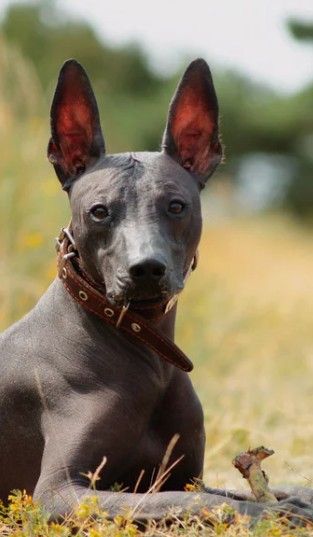

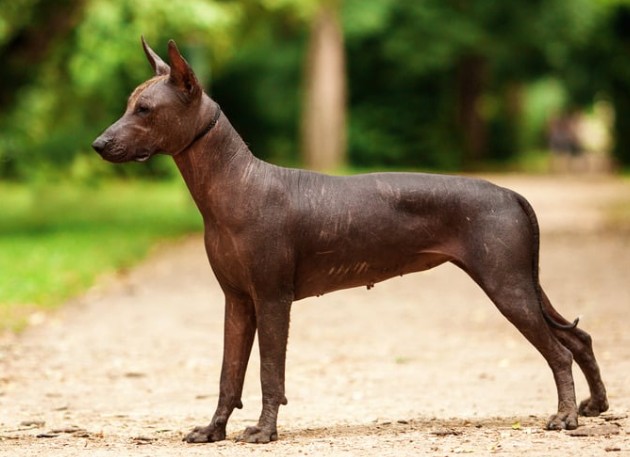
Lead by bond, not command.
To train a Xolo is to earn access. They’re not waiting for orders—they’re waiting for meaning. Teach them with clarity, consistency, and warmth, and they’ll show you what intelligence rooted in 3,000 years truly looks like. 🧡
Health Concerns: Understanding Your Xolo’s Unique Vulnerabilities
The FOXI3 Gene: A Double-Edged Sword
The same genetic mutation that gives your Xolo their distinctive hairless appearance affects multiple body systems. Understanding these connections helps you provide better care:
Beyond Skin Deep: What FOXI3 Affects
- Teeth: Missing premolars and molars are normal
- Sweat glands: Enhanced sweating ability for cooling
- Body temperature: Runs 1-2°F warmer than coated dogs
- Metabolism: Slightly elevated, requiring more calories per pound
The Genetic Quirk You Need to Know Hairless Xolos carry one copy of the hairless gene. Two copies? That’s lethal in utero. This means:
- Hairless x Hairless breeding = 25% coated puppies
- No “super hairless” variety exists
- Coated Xolos are genetically important for breed health
- Mixed litters are normal and healthy
Dental Differences: Not a Flaw, Just Different
Your Xolo’s unique smile might surprise your vet if they’re unfamiliar with the breed. Those missing teeth and prominent canines? Totally normal for your ancient companion!
What’s Normal for Xolo Teeth:
- Missing numerous premolars and molars
- Tusk-like canines that may protrude
- Forward-pointing front teeth
- Primitive tooth structure
Caring for Your Xolo’s Unique Dentition:
- Daily brushing prevents tartar on remaining teeth
- Soft rubber brushes work best
- Regular dental cleanings are essential
- Monitor for tooth root exposure
Dietary Adaptations:
- Kibble size matters more than for full-dentition dogs
- Some prefer moistened food
- Avoid extremely hard chews
- Raw bones not recommended due to tooth fragility
Skin Deep: Managing Your Xolo’s Largest Organ
Your hairless Xolo’s skin requires attention but isn’t as high-maintenance as you might fear. Think of it as caring for sensitive human skin:
Adolescent Acne: Yes, Dogs Get Zits Too! Between 4-18 months, many Xolos develop acne:
- Blackheads on chin and muzzle are common
- Don’t squeeze! This causes scarring
- Gentle cleansing with mild products helps
- Usually resolves with maturity
Sun Protection Strategies:
- SPF 30+ sunscreen for extended outdoor time
- Avoid zinc oxide (toxic if licked)
- Light cotton shirts for all-day protection
- Gradual sun exposure builds natural protection
Common Skin Issues and Solutions:
- Contact dermatitis: Use hypoallergenic detergents
- Dry patches: Moisturize 2-3 times weekly
- Minor cuts: Heal remarkably quickly
- Seasonal allergies: May need antihistamines
Size-Specific Health Considerations
Each size variety faces different orthopedic challenges:
Toy Variety Concerns:
- Luxating patella: Kneecaps may slip out of place
- Fragile bones: Jumping from heights risky
- Hypoglycemia: Small size means less glucose reserves
- Dental overcrowding: Less jaw space for teeth
Standard Variety Concerns:
- Hip dysplasia: Less common than in many breeds but possible
- Arthritis in seniors: Joint supplements recommended early
- Weight management: Easier to overfeed larger dogs
- Exercise injuries: Their athleticism can lead to overexertion
Prevention Strategies for All Sizes:
- Maintain ideal weight (you should feel ribs easily)
- Regular, moderate exercise builds muscle support
- Avoid repetitive high-impact activities when young
- Consider orthopedic beds for senior dogs
Autoimmune and Endocrine Considerations
Some Xolos develop autoimmune or hormonal conditions requiring vigilance:
Warning Signs to Watch For:
- Unexplained lethargy or weight gain (hypothyroidism)
- Excessive thirst or urination (various causes)
- Skin lesions that won’t heal (autoimmune)
- Dramatic behavior changes (hormonal)
- Annual blood panels after age 5
- Thyroid testing if lethargy develops
- Document skin changes with photos
- Keep vaccination schedules minimal but current

Lifestyle & Living: Creating the Perfect Xolo Life
Indoor Haven or Outdoor Adventure?
Your Xolo’s ideal lifestyle balances their need for comfort with their surprising athleticism. These aren’t delicate flowers, but they’re definitely not outdoor-only dogs either!
The Perfect Xolo Environment:
- Indoor living with outdoor access
- Temperature-controlled spaces (65-78°F ideal)
- Cozy beds in multiple rooms (they’ll follow you!)
- Safe, supervised outdoor time
Cold Weather Adaptations: Below 60°F, your hairless Xolo needs protection:
- Well-fitted sweaters for walks
- Booties for snow or ice
- Shortened outdoor sessions
- Indoor exercise alternatives
Hot Weather Considerations: While they handle heat better than cold:
- Provide shade options always
- Fresh water in multiple locations
- Avoid midday sun exposure
- Watch for overheating signs
The Velcro Dog Lifestyle: Embracing Constant Companionship
Living with a Xolo means accepting you’ll rarely be alone again. This intense bonding creates a uniquely rewarding relationship, but it requires lifestyle adjustments:
What Constant Companionship Really Means:
- Bathroom privacy becomes negotiable
- They’ll “help” with every household task
- Separation anxiety requires management
- Remote work suits them perfectly
Managing Separation Anxiety: Your Xolo’s devotion can lead to distress when alone:
- Gradual alone-time training from puppyhood
- Puzzle toys provide distraction
- Consider doggy daycare for long days
- Another pet can help (but isn’t a guarantee)
Creating Security When You’re Away:
- Establish predictable departure routines
- Leave worn clothing with your scent
- Keep departures low-key
- Consider a pet camera for check-ins
Urban Dwelling vs. Country Living
Xolos adapt remarkably well to various living situations, but each has unique considerations:
City Living Success: Your Xolo makes an excellent urban companion because:
- Minimal barking suits apartment life
- Small spaces don’t bother them
- They’re calm indoors
- Short walks meet exercise needs
Urban Challenges to Address:
- Socialize to city sounds early
- Protect feet from hot pavement
- Watch for street hazards (food, antifreeze)
- Busy sidewalks may overwhelm shy individuals
Rural Living Advantages:
- More exercise opportunities
- Natural prey drive outlets
- Temperature varies less indoors
- Fewer strangers to stress about
Country Considerations:
- Secure fencing absolutely essential
- Wildlife may trigger chase instinct
- Protect from predators (especially toys)
- Distance from emergency vets
Exercise Needs: Quality Over Quantity
Your Xolo needs activity but isn’t a marathon runner. Their exercise requirements focus on mental stimulation as much as physical activity:
Daily Exercise Guidelines:
- Toy Variety: 20-30 minutes daily
- Miniature Variety: 30-45 minutes daily
- Standard Variety: 45-60 minutes daily
Best Exercise Options:
- Leashed walks in comfortable weather
- Indoor fetch games
- Agility training (they excel!)
- Puzzle toys for mental workouts
- Swimming (with supervision—they’re not natural swimmers)
Exercise Cautions:
- Avoid high-impact activities on hard surfaces
- No extended running until fully mature (12-18 months)
- Watch for overheating or chilling
- Protect feet from extreme surfaces
Grooming Routines: Less Hair, Not Less Care
The hairless variety’s grooming needs surprise many owners. While you’ll never need a slicker brush, your routine includes:
Weekly Bathing Ritual:
- Lukewarm water prevents skin drying
- Gentle, fragrance-free shampoo
- Thorough rinsing prevents residue
- Pat dry, don’t rub vigorously
Daily Skin Checks:
- Look for cuts, scrapes, or irritation
- Check for developing blackheads
- Monitor sun-exposed areas
- Feel for unusual lumps or bumps
Moisturizing Protocol:
- Light, non-comedogenic lotions
- Apply 2-3 times weekly
- Less is more—don’t clog pores
- Avoid human products with harmful ingredients
The Coated Variety Advantage: If you have a coated Xolo:
- Minimal brushing needs (weekly)
- Occasional baths (monthly)
- Standard nail and ear care
- No special skin products needed
Creating Your Xolo’s Perfect Day
Understanding your Xolo’s ideal routine helps everyone thrive:
Morning (6-8 AM):
- Gentle wake-up cuddles
- Bathroom break
- Breakfast
- Short training session or walk
Midday (11 AM-1 PM):
- Sun basking opportunity
- Light play or puzzle toy
- Lunch for puppies/seniors
- Quiet companionship time
Evening (5-7 PM):
- Main exercise session
- Dinner
- Grooming routine
- Family interaction time
Night (8 PM-bedtime):
- Calm indoor activities
- Last bathroom break
- Cuddle time begins
- Sleeping near (or with) you 🧡
Senior Care: Honoring Your Ancient Companion’s Golden Years
Recognizing Age-Related Changes
Your Xolo may age more gracefully than many breeds, but watching for subtle changes helps maintain quality of life:
Physical Changes to Monitor:
- Cloudy eyes (normal aging vs. cataracts)
- Slower movements, especially in morning
- Weight changes (gain or loss)
- Skin becomes thinner, more fragile
Behavioral Shifts:
- Increased sleep needs
- Less tolerance for cold
- Possible confusion or disorientation
- Stronger attachment to routine
Adapting Care for Senior Needs
Exercise Modifications:
- Shorter, more frequent walks
- Swimming for low-impact exercise
- Mental stimulation becomes crucial
- Avoid slippery surfaces
Nutritional Adjustments:
- Senior formula foods with joint support
- Smaller, more frequent meals
- Monitor weight carefully
- Increased water encouragement
Comfort Enhancements:
- Orthopedic beds in favorite spots
- Ramps for furniture access
- Non-slip rugs on smooth floors
- Extra warmth in cold weather
Conclusion: Is a Xoloitzcuintli Right for You?
After exploring every aspect of Xolo ownership, you might wonder if this ancient breed fits your modern lifestyle. Let’s be honest about who thrives with a Xolo and who might struggle.
You’ll Love Life with a Xolo If You:
- Work from home or have flexible schedules
- Want a devoted, one-person dog
- Appreciate quiet, calm companions
- Enjoy being needed and followed
- Can provide consistent companionship
- Value minimal shedding over minimal grooming
- Find their unique appearance beautiful
- Respect their independent intelligence
You Might Struggle with a Xolo If You:
- Travel frequently without your dog
- Want an immediately friendly greeter
- Prefer highly trainable, eager-to-please breeds
- Dislike being followed constantly
- Can’t commit to skin care routines
- Need a jogging or hiking companion
- Want a low-maintenance pet
- Have no experience with primitive breeds
The Bottom Line: Xoloitzcuintlis offer an unparalleled combination of ancient wisdom and modern companionship. Their intense loyalty, moderate exercise needs, and unique appearance create a dog unlike any other. Yes, they require specific care for their skin and teeth. True, they might embarrass you by ignoring your recall command in front of friends. But when evening comes and your Xolo curls against you, radiating warmth and contentment, you’ll understand why humans have cherished these dogs for three millennia.
These aren’t just pets—they’re living connections to our shared human past, carrying forward an ancient bond between species. If you’re ready for a relationship rather than just a pet, if you can embrace their quirks along with their qualities, then you might just be ready for the transformative experience of loving a Xoloitzcuintli.
Your journey with a Xolo won’t always be easy, but it will always be meaningful. After all, there’s something magical about sharing your life with a creature that has walked alongside humanity since before the pyramids were built, don’t you think? 🐾

